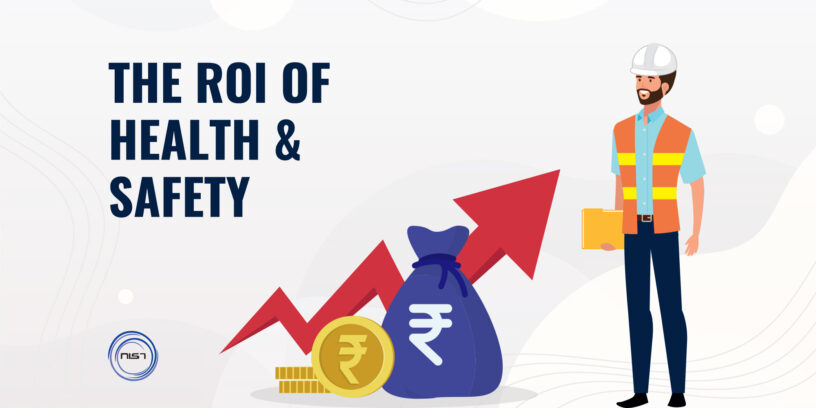Imagine making an investment that both saves and earns people’s lives. There are studies that indicate that the average financial return from safety investment among three significant economic sectors varied to a greater extent. It might sound too wonderful to be true. The study looked at employers in the manufacturing, construction, and transportation industries who performed well in occupational health and safety. Due to their investments in the prevention of injuries and illnesses, researchers discovered that employers had lower-than-average injury rates. By comparing the employers’ accident rates to the average for their industry and figuring out the injury costs that the firms saved by making health and safety investments, the financial benefits were estimated.
Additionally, it has been discovered that companies that perform well in terms of health and safety may benefit financially from higher levels of staff morale and retention, higher-quality output, and enhanced brand recognition.
Why the return on your investments in health and safety matters?
Above all, the most important objective and satisfying outcome of occupational health and safety measures is protecting lives and preventing injuries. Sadly, despite the enormous advantages of maintaining workplace safety, resources spent on health and safety are frequently viewed as expenses rather than investments. It might be easier for organisations to opt for continuing to invest in workplace wellbeing if they have a clear understanding of the Return on Investment (ROI) of health and safety initiatives.
Increased Productivity
A robust safety culture results in happier, healthier workers. Employees can concentrate more on the calibre and productivity of their job when they work in a safe environment, which can lower stress levels and health concerns. According to a study, ergonomics treatments offered a reasonable return on investment in terms of improved productivity and health.
To gauge productivity gains, look for encouraging outcomes in indicators like:
- Lost time
- Sick Days taken
- Modified work to accommodate workers who are recovering from illness or injury
- injury or illness
- Efficiency of operations
All of these measures directly affect productivity, so you can use them to demonstrate that your company is losing less time to accidents and illnesses.
Lower Insurance costs
By cutting insurance costs, investments in health and safety can also improve your company’s bottom line. Reducing injury risks through improvements in health and safety can help cut down on the volume and expense of claims. Your insurance costs may decrease as a result of this.
Lower turnover costs
It takes a lot of time and effort to hire new personnel, from recruiting through training. It is also pricey. The good news is that giving health and safety a priority can keep employees on board and cut down on turnover expenses. The following are some things to monitor in order to document the financial advantages of your health and safety training:
- Costs of hiring
- On-boarding expenses and time
- Rate of retention or turnover
Not all advantages will have a monetary value, but they are still still very useful. Investing in health and safety has some intangible advantages, such as:
- increased staff morale
- Continuity of employees’ health
- improved brand image and reputation
- appeal to prospective employees
Improved corporate image, attractiveness to potential employees, customer retention, and shareholder appeal are a few benefits of improving your safety culture that are tough to quantify. It may be challenging to put a precise cash value on these advantages, but it’s nevertheless crucial to acknowledge their worth.
About NIST:
Each organisation has unique requirements for health and safety. But some health and safety programmes are worthwhile investments practically for all businesses. Reducing injuries and maintaining workplace compliance need effective health and safety training. The kind of training your staff requires will vary depending on the tasks they handle for your business.
AT NIST, we provide Industry specific Health & Safety Training customized as per your requirements. Some of our most preferred Safety training includes:
- First Aid & Fire Safety
- Lifting & Rigging
- Health & Safety Leadership
- Construction Safety
- Behaviour Based Safety
- Electrical Safety
- And many others..
We also cater to services like Health & Safety Auditing, Consulting, Recruitment, Staffing & Managed Services.














Leave a Reply